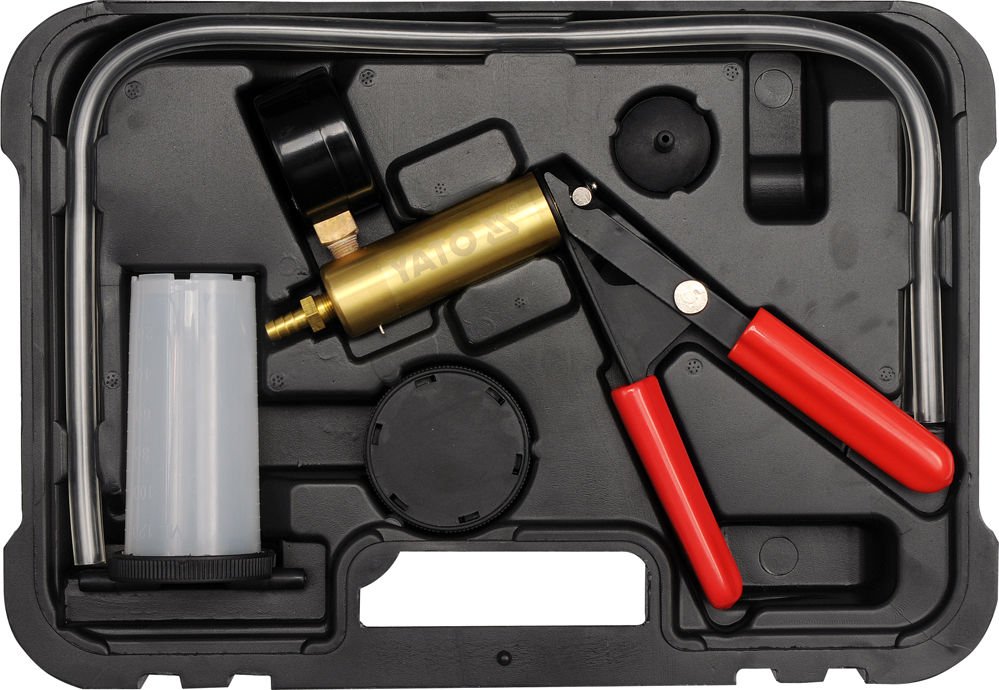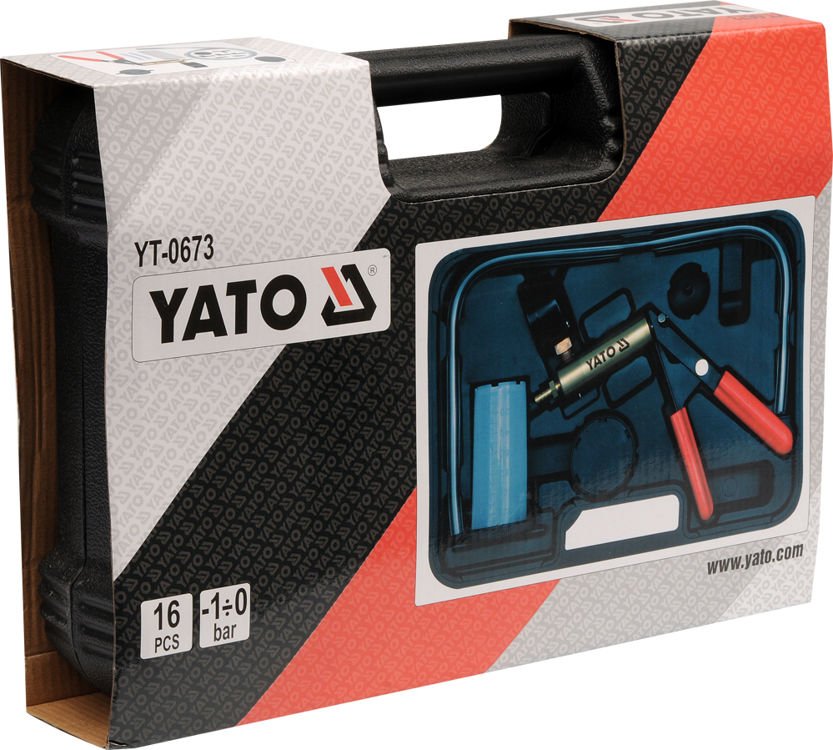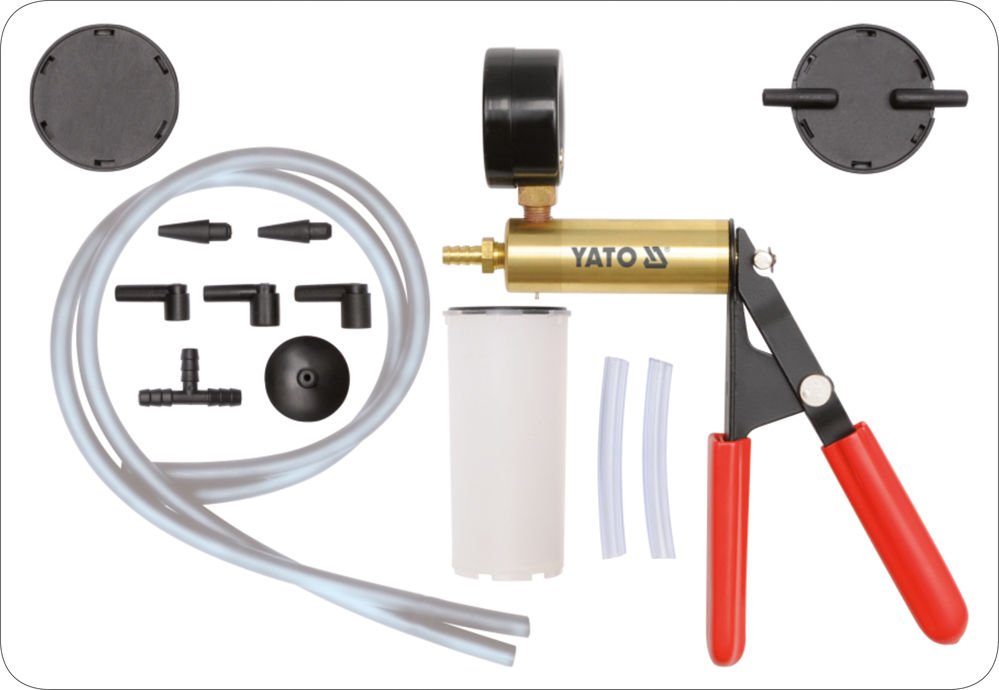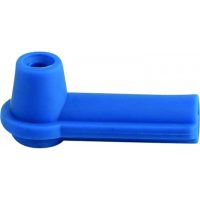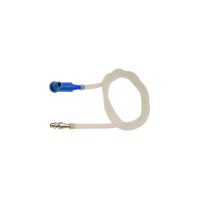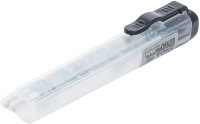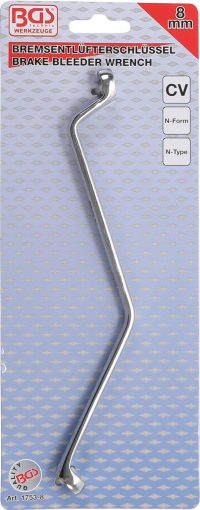The vacuum pump is a multifunctional device used to diagnose systems in cars and technology, whose operation is based on pressure or vacuum. It is equipped with accessories that can be used in almost any engine or system.
Measuring range: -1 to 0 bar.
Purpose / Application
Using the pump, you can perform diagnostics, among others the following systems and systems:
Computerized engine control equipment:
– barometric pressure sensor (BARO)
– PVC system
– exhaust gas recirculation (EGR)
– thick film pressure sensors (MAP)
Ignition control devices:
– negative ignition advance
– delay valve: SDV, RCV
Braking system:
– classic brakes
– ABS brakes
– air brakes
– Brake cables
– brake servo
Other systems:
– air conditioning
– cruise control
– fuel tank and fuel system
– vacuum door closing system
Usage
Exhaust Gas Recirculation (EGR) System Diagnosis
The EGR system valve is an example of a vacuum operated valve. In the absence of negative pressure, the valve is closed and no flue gas escapes from the valve. When a vacuum is applied to the valve, it opens, allowing exhaust gas recirculation.
Diagnosis of thick film pressure sensors (MAP)
• Assemble the pump and reservoir system as if bleeding the brake calipers, then connect to the sensor’s vacuum connection.
• Press the pump handle until the pointer shows -0.5 bar. Stop pumping and observe the tip, keep it stationary. If the pointer moves, the MAP sensor is damaged.
• During operation, the MAP sensor sends feedback signals to the control computer. The signal has a frequency between 85 Hz and 160 Hz depending on the vacuum level. A frequency meter is required for frequency measurement, it should be connected in accordance with the sensor and meter instructions.
Bleeding the brake calipers.
• Ensure that the brake expansion tank is filled with fluid to the nominal volume.
• Venting in the following order:
– the master cylinder, if equipped with a breather valve
– brake calipers in order from the nearest to the master cylinder to the furthest
• Connect the short hose to the connection located on the bottom of the pump tank cover.
• Close the pump tank with the cover.
• Connect the long hoses to the cover connections. Connect the end of one of the long hoses to the pump and the other to the breather valve (calamites) of the brake caliper. Use an adapter if necessary.
• Press the pump lever 10-15 times to create a vacuum in the pump tank.
• Unscrew the bleed valve by 1/4 – 1/2 turn so that the pump tank is filled with liquid to a height of about 5 cm. Tighten vent valve.
• Disconnect the pump hose from the bleed valve, the clamp bleeding procedure is completed.
• Before repeating the bleeding procedure in the next caliper, empty the pump reservoir of brake fluid and top up the brake fluid level in the brake system to the nominal level.
Technical data
Index number YT-0673
EAN 5906083906732
Brand Yato
Gross weight (kg) 1.4500
Master Carton MC 10
Pal 120
Pressure [MPa] 0-0.2; 0-0.41
packaging BMC
Number of elements [pcs] 16



